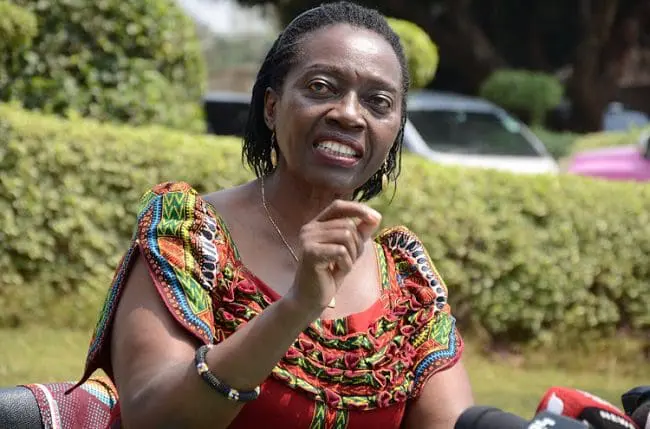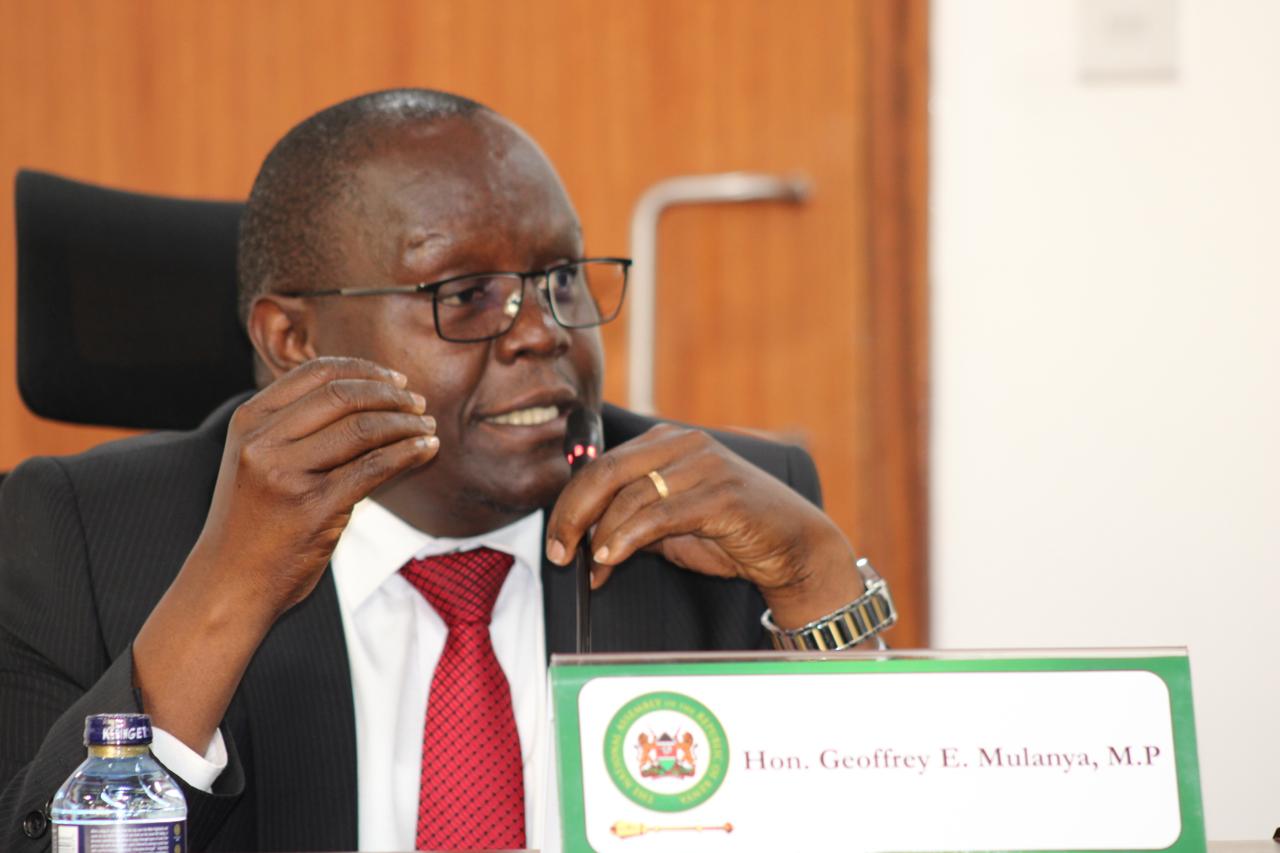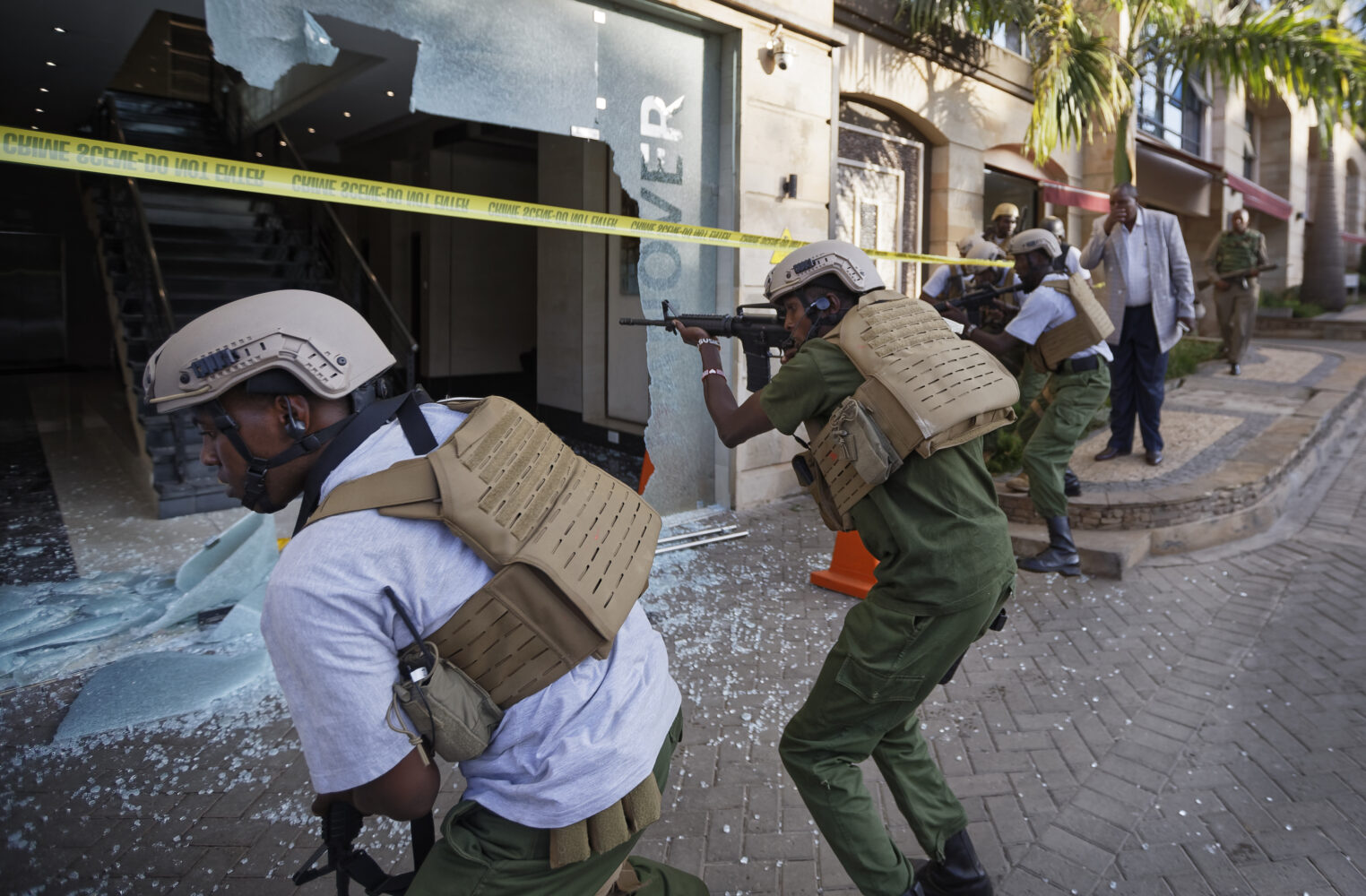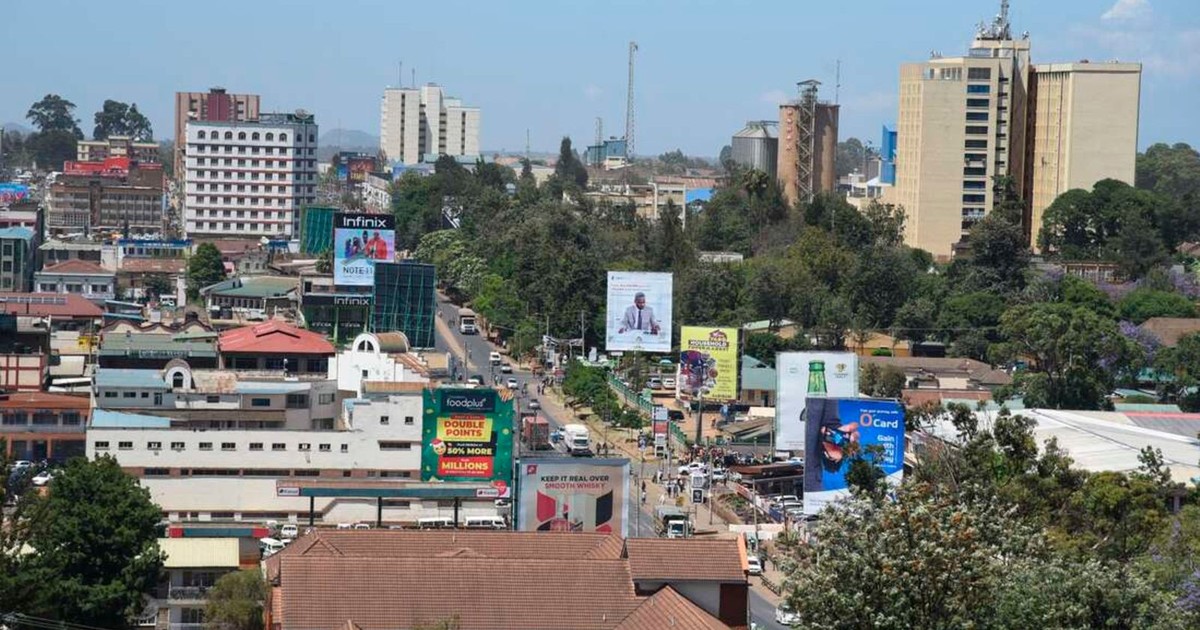When the government adopted the Competency Based Curriculum (CBC) in 2017, it was seen as a transformative shift in education, designed to equip learners with hands-on skills for the modern world.
However, eight years later, the reality is different across the country. While CBC flourishes in urban centers, learners in remote and insecurity-prone regions struggle to access even the most basic educational resources.
A Trek for Education
In the rugged terrains of West Pokot County, nestled in Kenya’s Great Rift Valley, children do not measure school distances in kilometers but in hours of walking.
In Chesogon, a village on the border of Elgeyo-Marakwet and West Pokot counties, learning is a perilous journey. The area is notorious for banditry, where gunfire often overshadows the laughter of children.
For students of Chesogon Primary School, education is not just a right but an endurance test. Every morning, they trek uphill for nearly an hour, navigating dust-filled paths and rocky cliffs.
“Some of our students here come from very far, a student who comes from far walks for 4kms down the cliff,” Chesogon primary school headteacher Joshua Powuon explains.
There are no classrooms here, lessons take place under trees, the only refuge from the scorching sun. Textbooks are scarce, and those that were once available were devoured by termites in an abandoned school structure.
“The CBC curriculum is good but we lack the necessary materials. The few books we had were destroyed when we fled due to insecurity,” Powuon laments.
Displacement and Disruption
Students of Chesogon school once had classrooms, but following a series of violent attacks, families fled, leaving the school deserted. Parents now settle atop mountains, not for the scenic views but as a survival strategy. “From up here, we can see danger approaching,” David Kopoyen, a resident, explains.
The impact of these displacements is profound. Dennis Ksang, a Grade 9 student at Arpollo Primary School in Kapenguria, knows this all too well. His family fled due to insecurity, and when they returned two years later, his peers had advanced, leaving him behind.
“When an incident happens, parents take their children away. By the time they return, registration periods are closed,” said Nicholas Chesotoi, headteacher at Arpollo primary.
Government funding for schools is based on student registration through the National Education Management Information System (NEMIS). However, many children in these banditry prone areas lack birth certificates, making them ineligible for government capitation funds.
Similar Struggles in Baringo
In Baringo County, 150 kilometers south of West Pokot, learners face similar challenges. Here, children navigate dangerous terrains, swollen rivers, and wildlife threats to get to school. In some instances, police officers escort them for safety.
For boarding students, classrooms serve as dormitories at night. However, for the first time in 13 years, Mugutani residents are experiencing peace, reflected in increased school enrollment.
“The guns are silent now, and for the first time since 2012, children can learn without fear,” says a school headteacher at Kapindusum primary school.
Yet, this newfound peace does not erase the deep educational disparities. Allan Chebii, a Grade 5 student at Embossos Primary in Baringo, studies in an iron-sheet classroom under extreme heat. His father was killed in a bandit attack when he was just three days old, and his mother fled soon after. He is raised by his grandmother, who, unable to read or write, cannot assist him with homework.
“When he comes home, he tells me he has homework to do. Since some of us have never been to school, I tell him before taking your meal just sit there and work on it then tomorrow your teacher will correct where you have gone wrong,” Allan’s grandmother says.
The Urban Contrast
In stark contrast, schools in Nairobi paint a different picture. At Kasarani Group of Schools, learners thrive in well-structured classrooms, with desks neatly arranged and walls adorned with educational charts. Trained teachers engage with students in hands-on CBC activities.
“CBC is an excellent curriculum, but the problem lies in its uneven implementation,” says Dr. Emmanuel Manyasa, an education expert and executive director of Usawa Agenda. “We need a structured oversight body to monitor progress and address disparities,” he adds.
The question however remains: can CBC truly be effective when opportunities vary so drastically? Experts argue that rather than focusing solely on what is lacking, the government should maximize on existing resources while addressing systemic gaps.
The Road Ahead
Despite the challenges, stakeholders insist that CBC can still work if properly implemented.
“We must analyze what has worked and what has not. If we identify successes and improve on them while addressing failures, CBC can serve all Kenyan children equitably,” says Hesbon Otieno, Deputy Secretary General, KNUT.
However, economic realities cannot be ignored. “As an economist, I can confidently say that increasing funding for education is not viable under the current fiscal conditions. The focus should be on better utilization of the available budget,” Dr. Emmanuel Manyasa adds.
For now, CBC remains an elusive equalizer—one that promises opportunity but, for many, only highlights the ever growing divide in Kenya’s education system.










